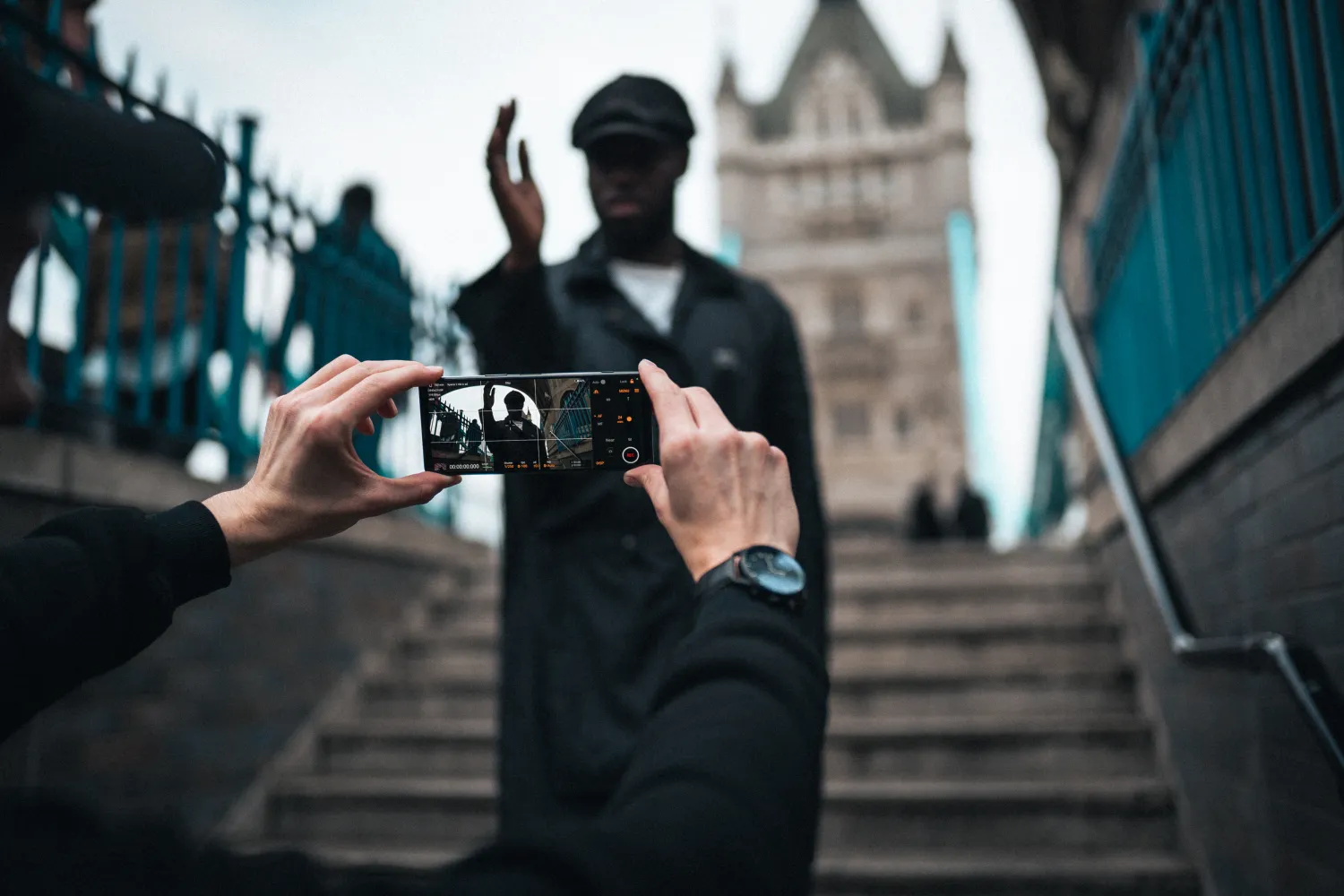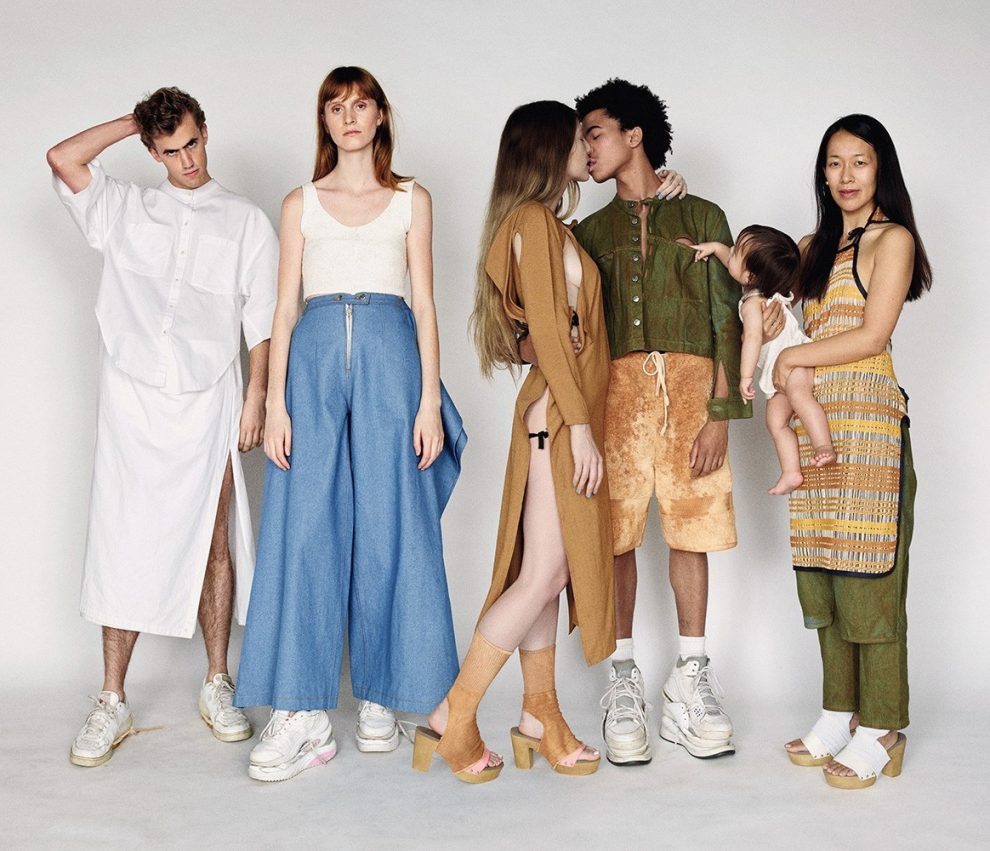Fashion has long played a significant role in reinforcing societal gender norms, dictating what is considered “masculine” or “feminine.” However, times are changing, and the fashion industry is increasingly becoming a platform for breaking gender stereotypes. In this article, we explore how fashion has the power to challenge traditional notions of gender and promote more inclusive and diverse representations of identity.
Rebellion against Traditional Gender Roles: Fashion reflects and shapes cultural attitudes, and there has been a notable shift in recent years towards challenging traditional gender roles. Designers are deliberately blurring the lines between masculine and feminine aesthetics, creating styles that defy conventional categorization. This rebellion against gender norms allows individuals greater freedom to express their true selves through clothing and style choices.
Androgyny and Gender-Neutral Fashion: The rise of androgynous fashion has revolutionized the industry, challenging binary gender expectations. Androgynous clothing blurs the boundaries between male and female fashion, allowing for self-expression without conforming to traditional gender norms. Styles characterized by clean lines, neutral colors, and form-fitting silhouettes have become popular choices across genders, demonstrating that fashion can be a bridge for embracing individuality and breaking down restrictive labels.
Celebrating Diversity: The fashion industry has also begun embracing diversity, offering representation and visibility to individuals across the gender spectrum. Transgender and non-binary models have gained prominence on runways and in advertising campaigns, showcasing that beauty knows no bounds. These trailblazers have shattered stereotypes, advocating for inclusivity and challenging the notion that fashion should adhere to traditional standards of masculinity or femininity.
Genderfluid and Non-Binary Fashion: Another significant development in fashion is the emergence of genderfluid and non-binary fashion designs. These collections prioritize inclusivity and reject the limitations of binary gender norms. They offer clothing options that celebrate individual expression, allowing wearers to freely embody their unique identities. Gender-neutral clothing lines, genderless sizing, and accessories designed for everyone further dismantle the notion that fashion should have strict gender distinctions.
The Influence of Street Style: Street style has played a powerful role in redefining gender norms. Individuals on the streets of various cities around the world showcase their personal style and challenge traditional expectations of what is considered appropriate attire for men and women. This diverse sartorial expression influences mainstream fashion as designers draw inspiration from the streets. As street style continues to evolve, it increasingly presents an authentic representation of how people navigate gender identity in their daily lives.
Impact on Society: Fashion’s movement towards breaking gender stereotypes extends beyond the runways and into society at large. As individuals experiment with new fashion choices, they empower others to do the same. By rejecting predefined rules and expectations, fashion inspires conversations about identity, acceptance, and self-expression. The ripple effect of these conversations can lead to societal shifts in understanding and embracing diverse expressions of gender identity.
Fashion has the extraordinary ability to break down barriers and reshape cultural perceptions. Through inclusive and diverse representations of gender identity, the fashion industry challenges traditional norms and fosters an environment of acceptance and celebration of individuality. Fashion can play a vital role in shattering stereotypes, encouraging self-expression, and promoting a more inclusive and equitable society. Let us celebrate the ever-evolving nature of fashion as it opens the doors to redefining gender norms and empowering individuals to embrace their authentic selves.














Add Comment